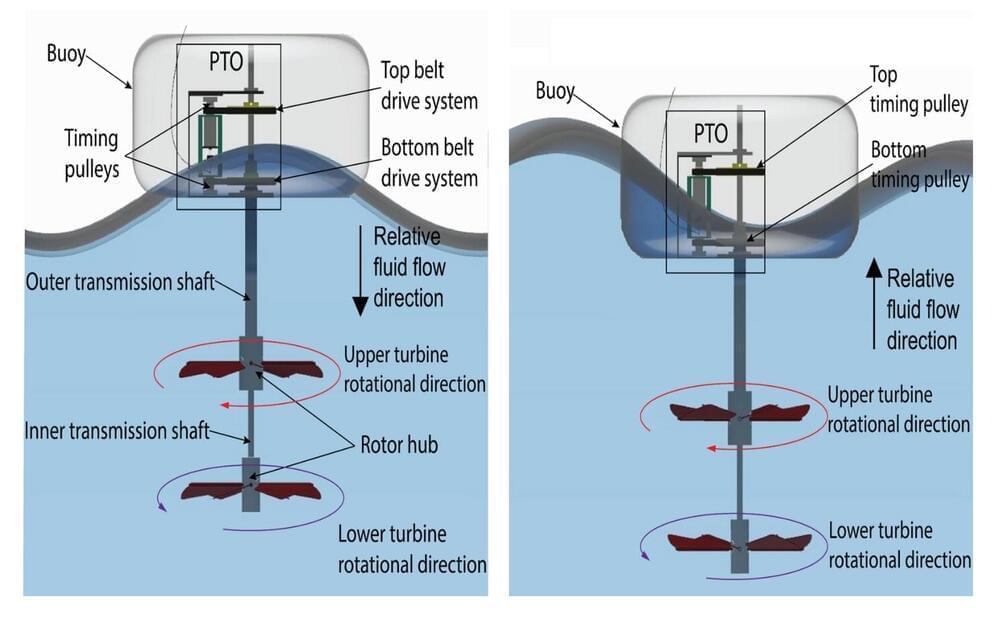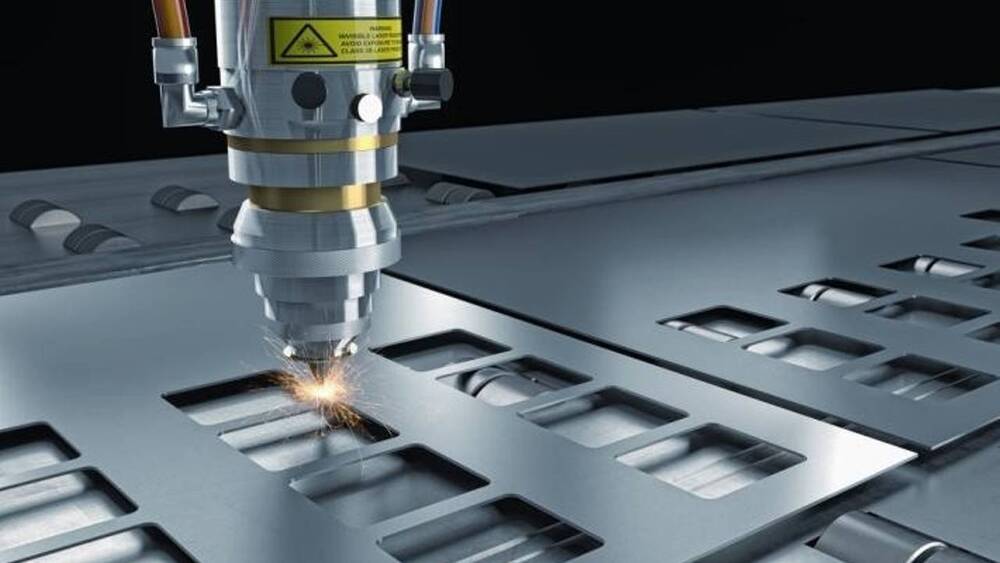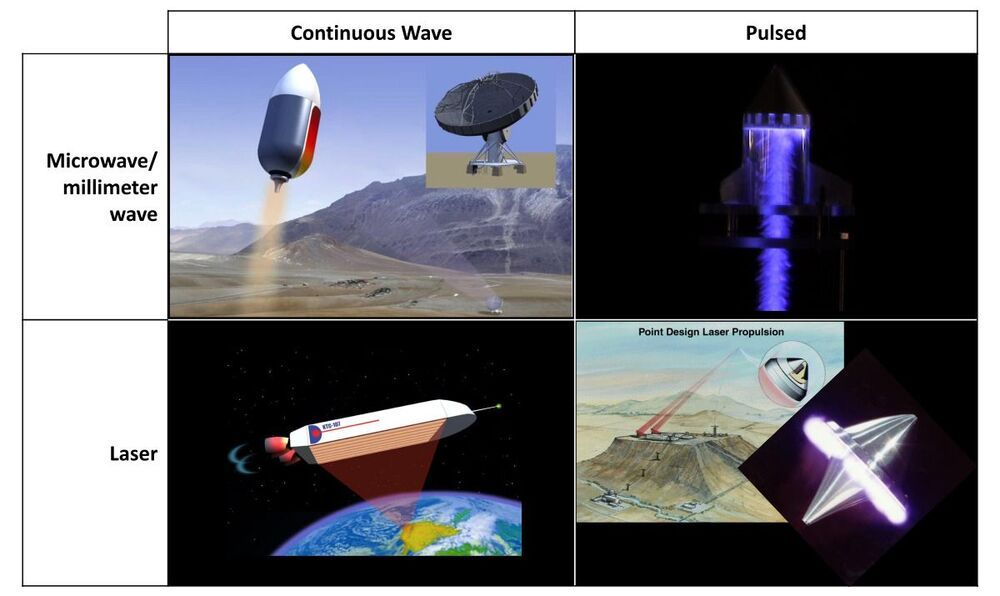Scientists at Australia’s RMIT investigating the massive untapped potential of wave energy have come up with a novel design for a convertor they say operates with far greater efficiency than comparable solutions, and which they hope could open the door to widespread commercial use of the technology. The team’s prototype employs a novel dual-turbine design that sidesteps some common technical issues, and proved capable of harvesting twice the energy from waves as current designs in early experiments.
The idea of capturing energy from ocean waves has been around for centuries, and recently we’re starting to see modern machines designed for these purposes take to the seas in some interesting forms. This includes rotating systems that extract power from vertical and horizontal movement, blowhole-like generators that capture energy as waves push water and air through concrete chambers, and squid-like generators with buoyant arms that rise and fall with the motion of the waves.
One of the more common approaches to harnessing wave energy is known as a point absorber buoy, which consists of a flotation device on the surface that is tethered to the seabed. As the buoy moves up and down with the passing waves, it drives an energy converter mechanism built onto the tether partway below the surface. This might be a geared drivetrain that uses the linear motion to spin a flywheel and generate power, as seen in some experimental designs.









